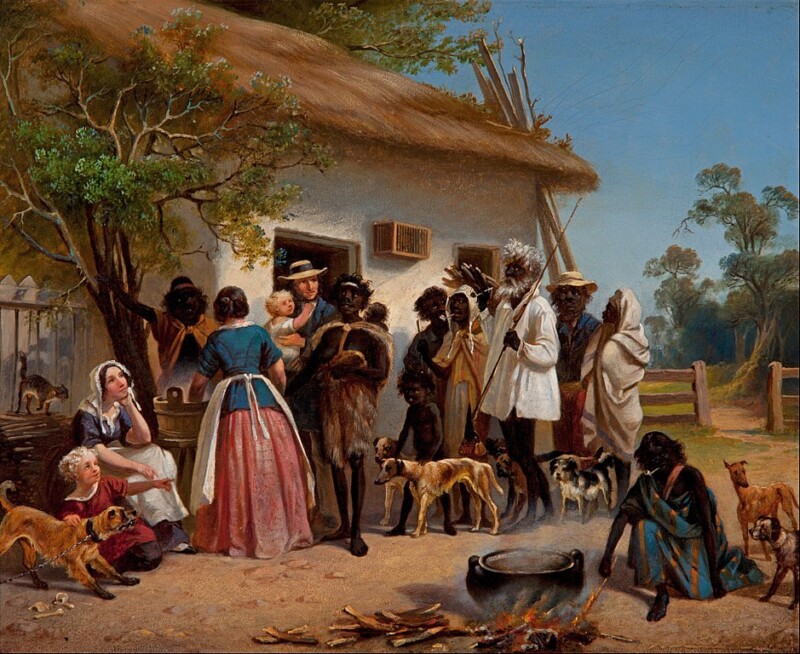Australia’s history is rich and diverse, with the first settlers playing a crucial role in shaping the country we know today. In order to understand the foundations of Australian society, it is essential to examine the demographics of the early settlers who arrived on the continent. Contrary to popular belief, the majority of the first settlers in Australia were not criminals or convicts, but rather free settlers seeking new opportunities in a new land.
These pioneers came from a variety of backgrounds, including skilled tradesmen, farmers, and entrepreneurs, all looking to establish a new life in a distant and unfamiliar land. While it is true that a significant number of convicts were also transported to Australia in the early years of settlement, they were not the dominant demographic group. By exploring the makeup of the first settlers in Australia, we gain valuable insights into the motivations, challenges, and successes of those who laid the foundation for the vibrant and diverse society that exists in Australia today. Join us as we delve into the historical records to uncover the true story of who the first settlers in Australia really were.
Most of the first settlers in Australia were British convicts who were sent there as punishment following the colonization of Australia by the British Empire. The first fleet of convicts arrived in Australia in 1788, marking the beginning of European settlement in the country. Over time, more free settlers arrived from Britain and other European countries, leading to the establishment of colonies and the development of Australia as a nation. Indigenous Australians had inhabited the continent for thousands of years before European colonization.
Table of Contents
Origins and Background of Australia’s First European Settlers

The arrival of European settlers in Australia in the late 18th century marked a pivotal moment in the continent’s history. The First Fleet, led by Captain Arthur Phillip, landed in Botany Bay in January 1788, establishing the first European settlement at Sydney Cove. These settlers, primarily convicts from overcrowded British prisons, were sent to Australia as a solution to Britain’s incarceration crisis.
The majority of the first settlers were convicted of petty crimes, theft, or other offenses, and were chosen to be transported to the distant land to serve their sentences. The harsh conditions of early colonial life in Australia, coupled with the challenges of adapting to an unfamiliar environment, posed significant obstacles for these early European arrivals.
Landing Sites: Where the First European Colonists Arrived in Australia

The landing sites where the first European colonists arrived in Australia played a crucial role in shaping the initial interactions between the newcomers and the indigenous populations of the continent. The significance of these sites extends beyond their geographical locations, as they represent the beginning of a complex and often turbulent period of history characterized by cultural clashes, power struggles, and profound societal changes.
The establishment of settlements such as Sydney Cove, Port Jackson, and Botany Bay not only marked the formal arrival of European influence in Australia but also laid the foundation for the development of a new colonial society that would have far-reaching implications for both the settlers and the Indigenous peoples of the land.
Indigenous Tribes: The Original Inhabitants of the Australian Continent

Indigenous tribes constituted the original inhabitants of the Australian continent, with a rich and diverse history that predates the arrival of European colonizers. These tribes encompass a wide array of cultures, languages, and traditions, reflecting the deep connection they have maintained with the land over thousands of years. The Indigenous peoples of Australia exhibit a profound understanding of the natural environment, with intricate knowledge systems that have allowed them to thrive in diverse ecosystems.
Their spiritual beliefs, social structures, and artistic expressions are all deeply intertwined with the natural world, emphasizing a holistic approach to life and the interconnectedness of all living beings. Despite the challenges and injustices they have faced throughout history, Indigenous tribes continue to preserve their heritage and cultural practices, contributing invaluable insights to the collective tapestry of Australia’s identity.
Leave a Reply